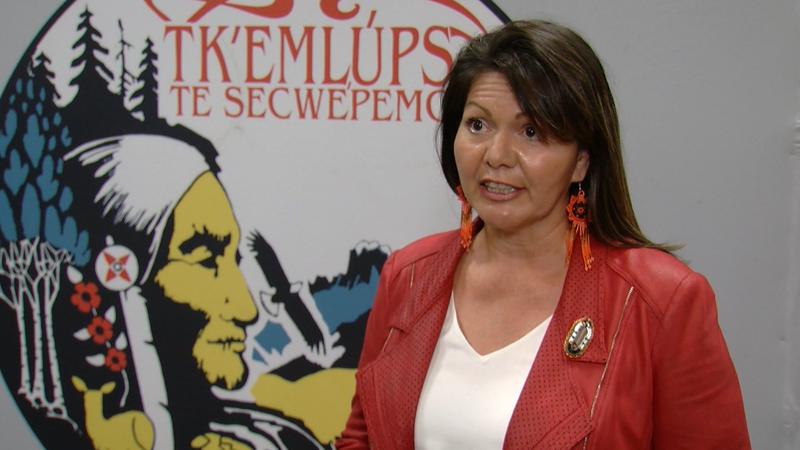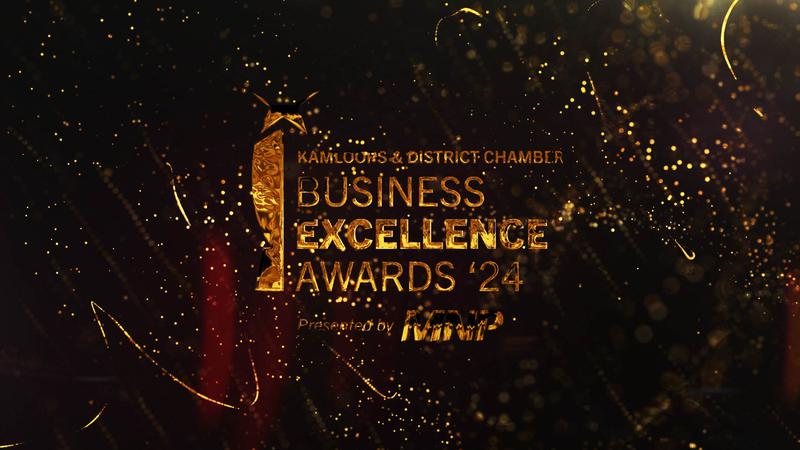
Tk’emlúps pushing for release of residential school student records, federal resources to identify missing children
TK’EMLUPS — Nearly two months since the initial announcement of 215 burial sites detected on the grounds of the former Kamloops Indian Residential School, Tk’emlúps te Secwépemc (TteS) provided an update on Thursday (July 15).
Note: The following may be triggering to some readers. Click here to access a list of resources available for residential school survivors and intergenerational survivors.
In a public presentation Thursday, Kukpi7 Rosanne Casimir says the first round of ground-penetrating radar work has confirmed the existence of burials around the former grounds.


